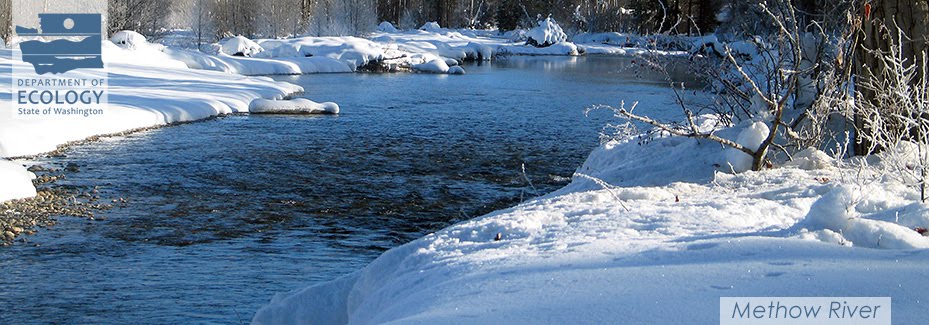Ecology’s Office of Columbia River (OCR) has a new tool to help us find the streamflow improvement projects that provide the most benefits to fish. Created with the help of the Washington Department of Fish and Wildlife, the “Columbia River Instream Atlas ” identifies where fish may be struggling and why and where we might have the most success with our streamflow investments.
 We look at three important factors when making streamflow enhancement decisions: habitat, streamflows, and the amount of fish in a stream. The Atlas scores each of the factors for portions of streams, called reaches, located in eight of the most “fish critical” watersheds in eastern Washington. The scores allow us to tailor projects to make needed improvements and maximize returns.
We look at three important factors when making streamflow enhancement decisions: habitat, streamflows, and the amount of fish in a stream. The Atlas scores each of the factors for portions of streams, called reaches, located in eight of the most “fish critical” watersheds in eastern Washington. The scores allow us to tailor projects to make needed improvements and maximize returns.A good candidate for water enhancement might be a reach that scores low in fish utilization, poor in streamflows, and fair or good in habitat. A little extra water in that reach would provide a lot of benefit to fish.
Alternatively, a reach that scores poor in habitat, low in fish utilization, and poor or fair in streamflows would likely require habitat restoration before streamflow issues are tackled.
But before OCR funds any instream flow project, it must find a new water supply nearby to provide the water. It’s a tough job, but OCR is working hard to do it. The Office has developed nearly 150,000 ac-ft of new supply since 2006.
The Atlas is part of a larger “Columbia River Basin Long-Term Water Supply and Demand Forecast” (Forecast) OCR will publish in November. Both documents are currently available in draft form. You can download them here. OCR is accepting comments on the Atlas and the Forecast though October 31st.
The Legislature created OCR in 2006 and tasked it with finding new water supplies to meet instream and out-of-stream water needs.

No comments:
Post a Comment